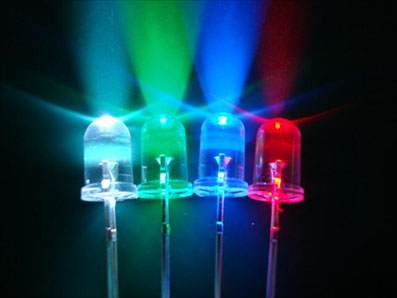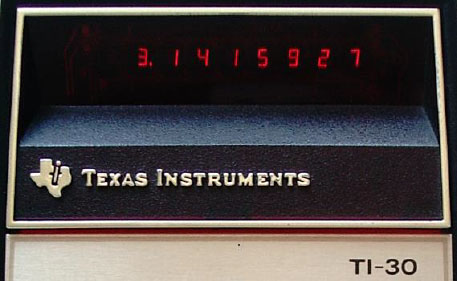Many in the LED world believe that it was Texas instruments that invented the Light emitting diode, but in fact this goes all the way back to 1907 when a British experimenter assisting Marconi, found electroluminescence phenomenon using silicon carbide, emitted light when a current was applied. However, there we no real practical uses for this technology at the time.

Around 1962, Texas Instrument researchers created GaAs emitting infrared light when electrical current was driven through it. Patents were filed, however, invisible to the naked eye, this technology wasn’t yet viable for the public.
Only, later that year, when an employee over at General Electric published an article, the red wavelength emitting LED based gallium arsenide phosphide (GaAsP). And thus began an era of visible light LED components and set the stage to what we have today.
However, it wasn’t until the mid nineties that the blue Led was invented giving us the ability to do RGB display that we have today. Talk about swimming against the current, here is a video of the inventor of the blue LED Shuji Nakamura, talking about looking in other areas of science for the answer.
LED TECHNOLOGY

Light emitting Diode
- Proven Technology (’68)
- Resistant to elements
- Durable and reliable
- High light output with low consumption of energy
- Affected by heat and temperature flux
- RGB
- AMBER
- WHITE

